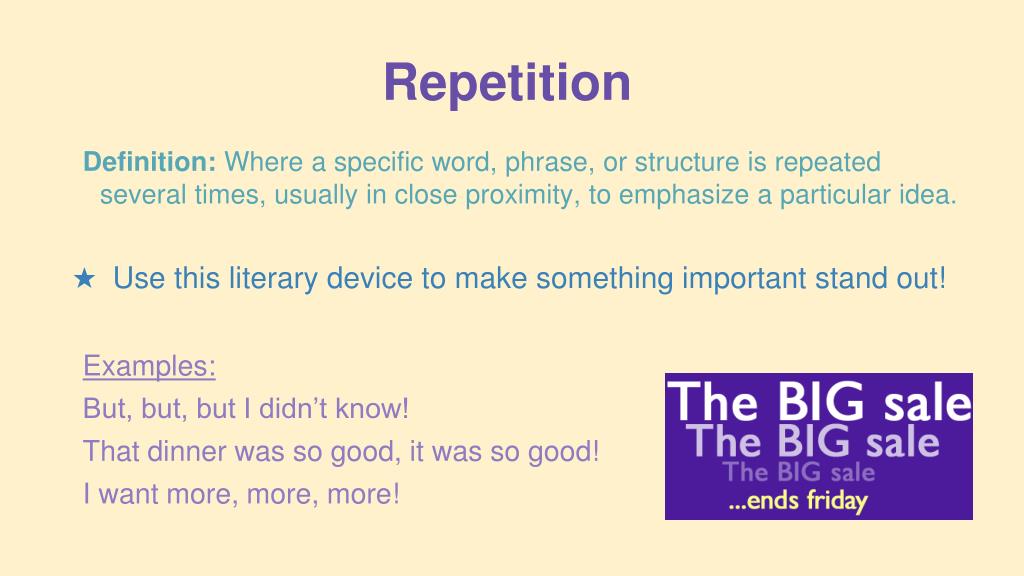
#PERCEPTION DEFINITION LITERATURE OFFLINE#
So, distinguishing voluntary and involuntary offline perception cuts across some of the pre-established categories like mental imagery or dreaming, showing some deep commonalities between seemingly unrelated mental phenomena. Voluntary control is in fact an important feature of a distinction between lucid and non-lucid dreams. Dreams, hallucinations and unintentional forms of mind-wanderings are all typically involuntary. This is one way of exercising mental imagery, but other ways of doing so are involuntary-like earworms or flashbacks. It is voluntary when you close your eyes, count to three and visualize an apple. Offline perception can be voluntary or involuntary. We will mention three examples: voluntariness, consciousness and the feeling of presence. Īnother advantage of starting from the general category of offline perception is that it allows us to make distinctions within this wider category that can help us to see the common denominators between different forms of offline perception more clearly. Contributions to this theme issue explore such connections, for example, between dreaming and mind-wandering, hallucinations and dreaming, hallucinations and mind-wandering, and mental imagery and hallucinations.

One of the aims of this special issue is to do exactly this. Taking dreaming, mind-wandering, mental imagery and hallucination to be different subcategories of a larger category can help us to trace the connections between these phenomena. While dreaming, mind-wandering, mental imagery or hallucination may seem like very different mental phenomena (and often the literatures remain separate), in terms of their neural and functional profile, they are best conceived of as different species of a larger genus, offline perception. These findings open up the possibility of a unified account of offline perception. Moreover, the activity of the same regions has been associated with the contents of sleep onset mentations, rapid eye movement and non-rapid eye movement dreams, and mind-wandering.

During voluntary mental imagery, when the mind wants to recreate a perceptual experience of an object or scene that is not present or tries to simulate the ‘looks’ of a not yet experienced combination of previously seen elements, the contents of these experiences are also subserved by the activation of the same areas. When the external source of this information is no longer present, the maintenance of this information in working memory is supported by the activity of the same regions.

stimulus-driven, perception these areas play a role in processing the incoming information and forming content-specific neural representations. This similarity might be accounted for by common circuitry in sensory brain areas (low- and high-level sensory areas, precuneus, posterior cingulate, retrosplenial cortex), shared by both exogenous and endogenous sensory experiences. Offline sensory experiences, like those occurring during voluntary mental imagery, mind-wandering, dreaming and hallucinations, are self-generated and independent of concurrent stimulation of the senses, yet their phenomenology can sometimes be deceptively similar to the phenomenology of stimulus-driven perception.


 0 kommentar(er)
0 kommentar(er)
